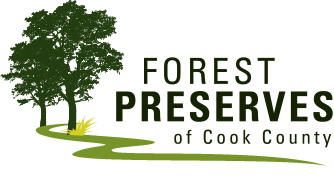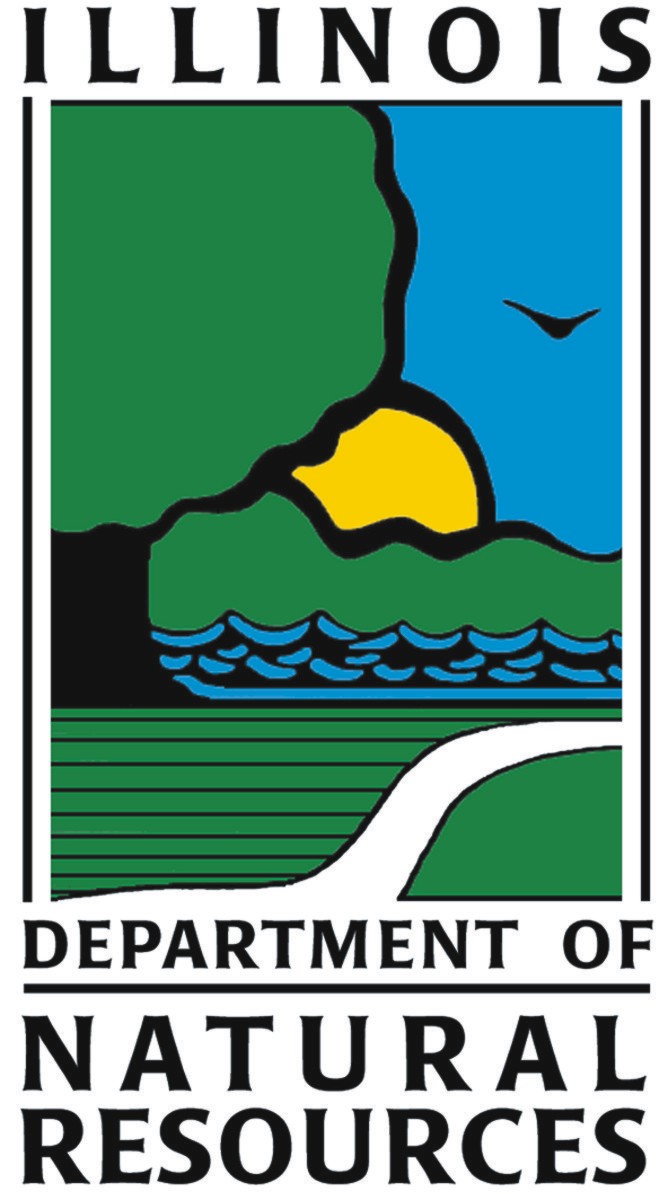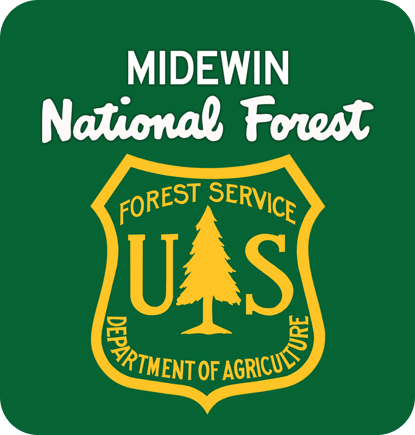Plants of Concern connects people and plants to support healthy humans and habitats. Plants of Concern encourages people to get outside and make detailed observations in natural areas. This connection benefits the health of people and the rare plants and habitats that they observe. Plants of Concern participants learn how to identify native and invasive plants and how to assess rare plant population health and threats.
“Plants of Concern has transformed my life, pulling together all my abilities and interests towards a higher purpose and fuller community. It has given me new eyes to see things more carefully, appreciate nature in all its diversity, and communicate that with others. The physical exercise involved in monitoring and stewardship keeps me healthy and young.” - Kathleen Garness, Plants of Concern Community Scientist
Plants of Concern has collected data on 70% of the populations of listed (endangered and threatened) species known in Illinois, as well as on populations of over 100 non-listed, regionally rare species. Plants of Concern staff use these data to assess population trends and collaborate with project partners to develop the best conservation and management practices benefitting rare plants and their habitat. Data collected by Plants of Concern are shared with the State’s database and used by Illinois' Endangered Species Protection Board to assess the status of threatened and endangered plant species.
The data collected by Plants of Concern are a trove of valuable information, and we welcome collaborations with researchers at all career stages to learn more from our data and the plants we monitor. Plants of Concern partners with landowners by sharing data with federal agencies, forest preserve districts, departments of natural resources, land trusts, non-profits, and private landowners about the status of rare plants at their sites. Through these partnerships we facilitate best conservation and management practices to protect rare plants.
Rare Plants
Data Tell Us?
Concern Data Go?
The future of the natural world and people depend on conserving plants. Nearly 30% of the plant species of the United States are at risk of extinction. Loss of habitat, invasive species, and climate change continue to threaten plants. With community science, Plants of Concern strives to meet the challenges of saving plants for people and the planet.
Long-term monitoring data provide critically needed baseline information about the health of rare plant populations and the threats that they face. In collaboration with researchers, we continue to delve more deeply into the complex dynamics of rare plant populations. See our researchers page for more information about these important partners.
Land managers rely on Plants of Concern data to guide adaptive management practices for natural areas. Researchers utilize data to understand rare plant population dynamics. On a broader scale, the State uses Plants of Concern data to evaluate rare plant distribution and abundance for the Threatened and Endangered species listing process. Because rare plant location data are highly sensitive, Plants of Concern and its partners must approve all data sharing.
Rare Plants
The future of the natural world and people depend on conserving plants. Nearly 30% of the plant species of the United States are at risk of extinction. Loss of habitat, invasive species, and climate change continue to threaten plants. With community science, Plants of Concern strives to meet the challenges of saving plants for people and the planet.
Data Tell Us?
Long-term monitoring data provide critically needed baseline information about the health of rare plant populations and the threats that they face. In collaboration with researchers, we continue to delve more deeply into the complex dynamics of rare plant populations. See our researchers page for more information about these important partners.
Concern Data Go?
Land managers rely on Plants of Concern data to guide adaptive management practices for natural areas. Researchers utilize data to understand rare plant population dynamics. On a broader scale, the State uses Plants of Concern data to evaluate rare plant distribution and abundance for the Threatened and Endangered species listing process. Because rare plant location data are highly sensitive, Plants of Concern and its partners must approve all data sharing.



of Cook County


Forest Preserve District

at Midewin National Tallgrass Prairie
Conservation 2000, Illinois Department of Agriculture (2006-2007)
CorLands (2004)
Garden Club of America (2010-2014)
Gaylord and Dorothy Donnelley Foundation (2010-2011)
Great Lakes Restoration Initiative (through the Citizens Advisory Group of Waukegan) (2012-2015)
Illinois Department of Natural Resources (2015)
Illinois Wildlife Preservation Fund, Illinois Department of Natural Resources (2004-2014)
National Fish and Wildlife Foundation (2012)
Openlands (2010-2019)
Patagonia (2017)
Root-Pike Watershed Initiative Network (2009)
The Nature Conservancy – Volunteer Stewardship Network (2019)
Toyota TogetherGreen (2015)
U.S. Environmental Protection Agency (2012)
U.S. Fish and Wildlife Service (through Chicago Wilderness) (2001-2009)
Wisconsin Department of Natural Resources, POC in Wisconsin (2008)